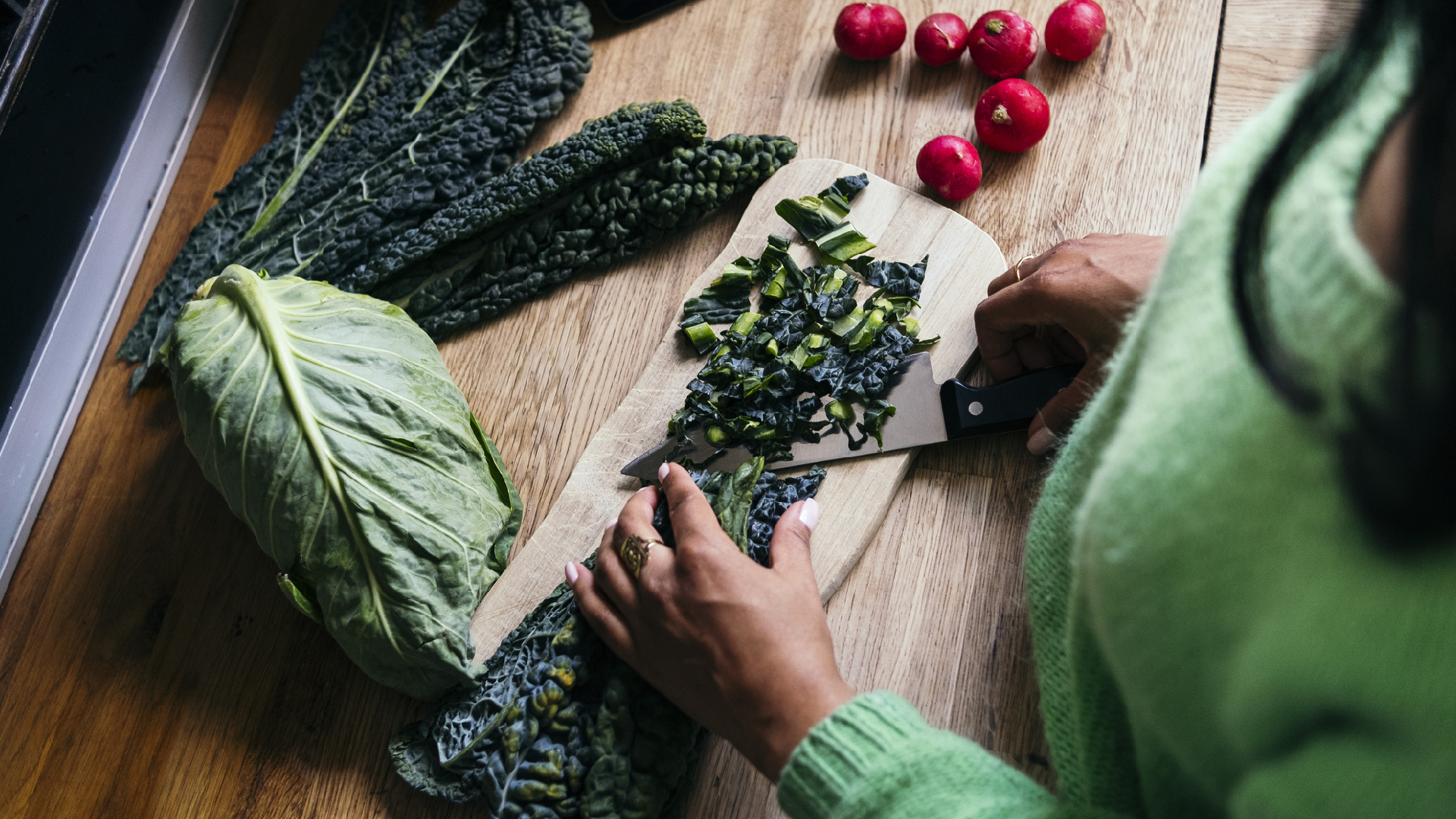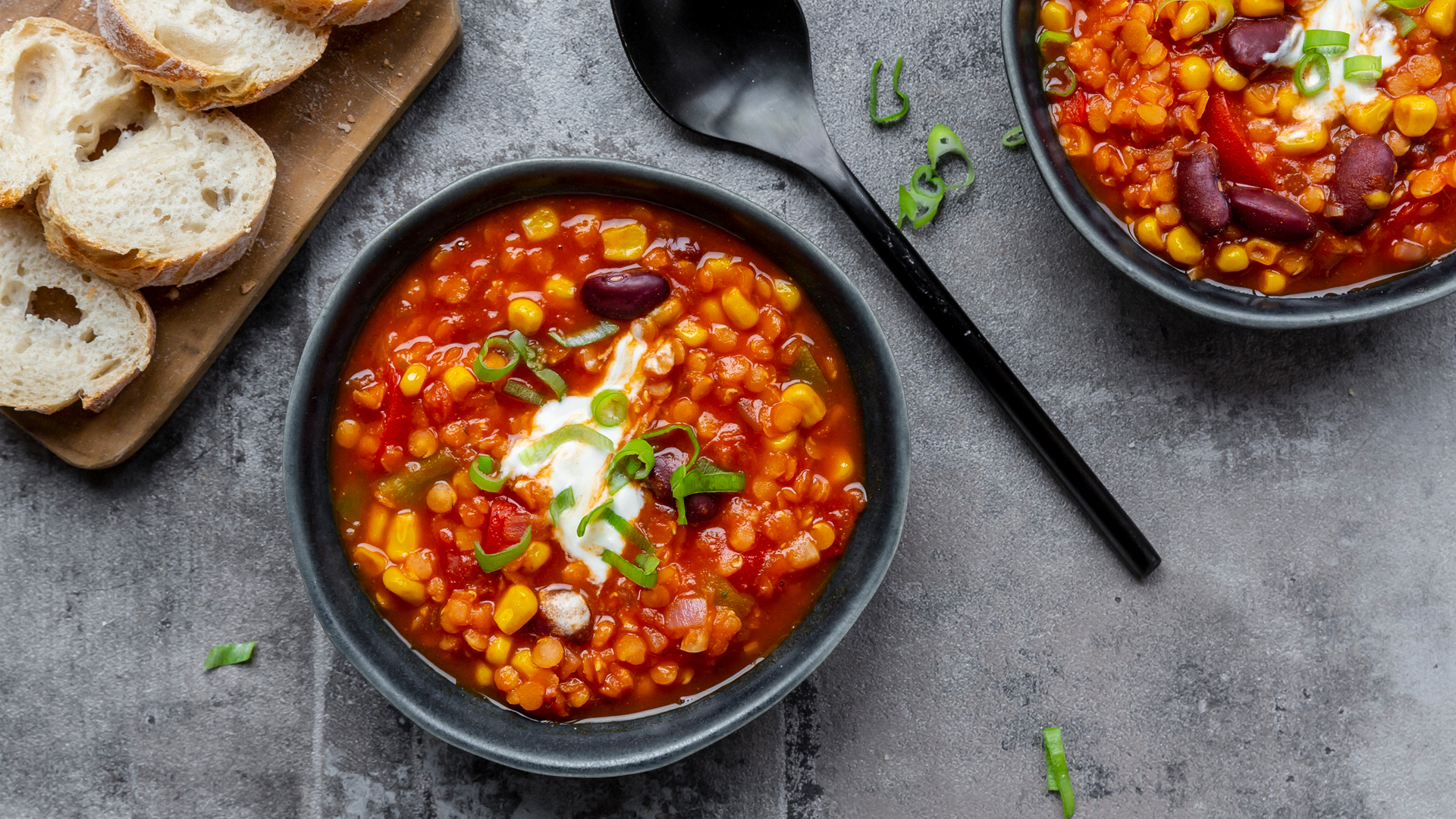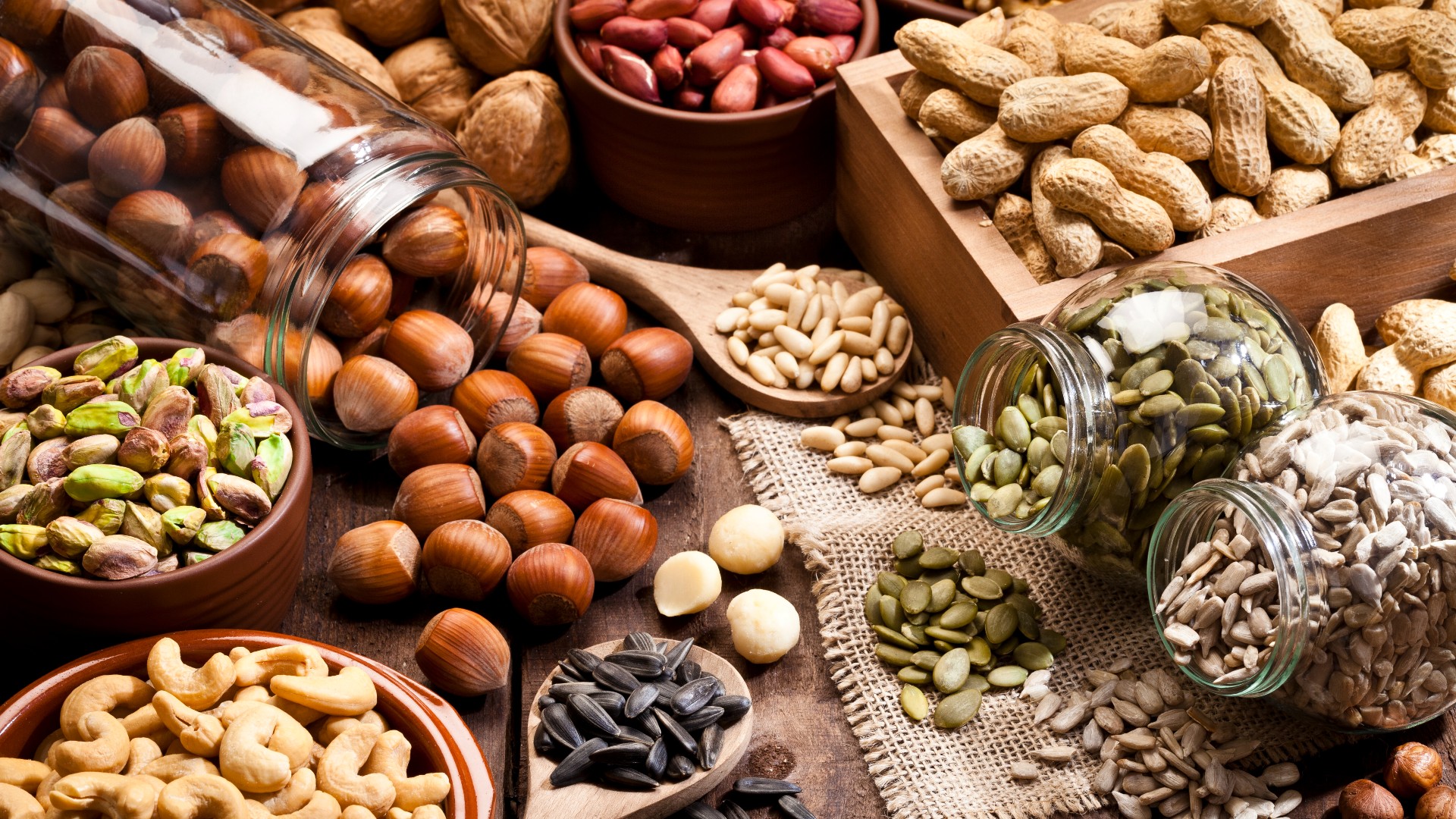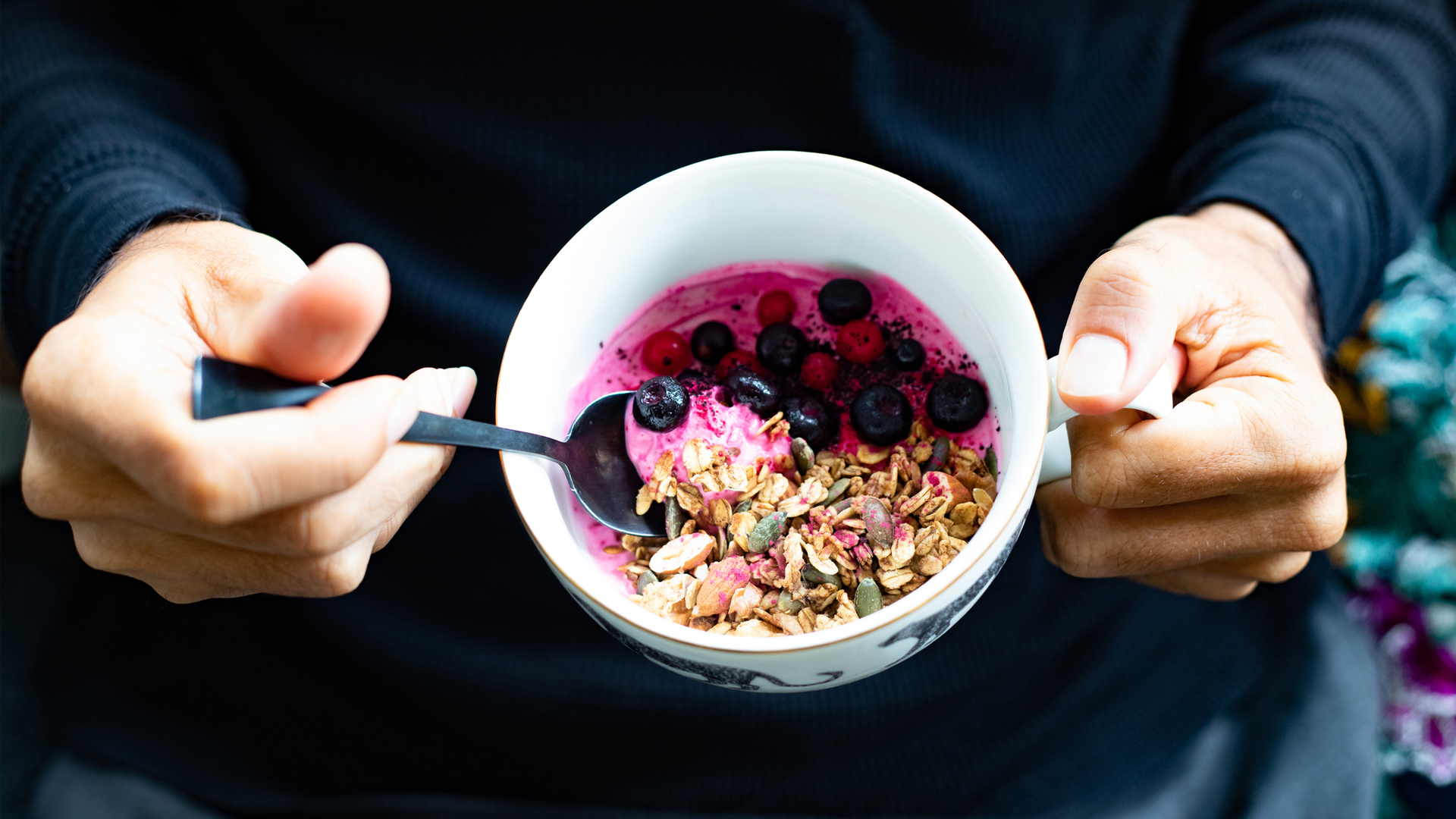What are superfoods?
So-called "superfoods" may have health benefits, but no more than other nutritionally dense foods.

Superfoods are foods — mostly plant-based but also some fish and dairy — that are nutritionally dense, containing lots of vitamins, minerals and antioxidants that are good for one's health. However, "superfood" isn't a scientifically recognised term, with no set criteria to determine what is and isn't a superfood, according to the American Heart Association. Regardless, some foods, like blueberries, salmon, kale and acai, are nutritionally very valuable in comparison to other less nutritionally dense foods.
"Superfoods don't have their own food group," said Despina Hyde, a registered dietician with the weight management program at New York University's Langone Medical Center. "As a dietician, I think "superfood" is more of a marketing term for foods that have health benefits."
Superfoods contain a variety of nutrients, such as antioxidants, which are thought to ward off cancer and other diseases by reducing oxidative stress on the body. Oxidative stress occurs when there is an excess of free radicals in the body, associated with human disease. Some foods, like salmon, also have healthy fats, which can help to prevent heart disease. High-fiber foods, like kale, can promote good digestion and provide a sense of fullness, which can aid in weight loss efforts, according to a 2019 study in the Journal of Nutrition.
Consuming foods that are packed with nutrients (as many so-called superfoods are) is certainly a good idea, Hyde told Live Science. But the key to a healthy diet is to consume a variety of nutritious foods in the right quantities, she added.
Popular superfoods
Blueberries
Blueberries often top many lists of superfoods because they are rich in vitamins, soluble fiber and phytochemicals (chemical compounds produced by plants that have an impact on human health, often including chemicals that give plants color or disease resistance).
But the same nutrients found in blueberries are also found in many other kinds of berries, including strawberries and cranberries. Research published in the International Journal of Molecular Sciences in 2015 has shown how regular consumption of berries can significantly bring down inflammation levels within the body.
Get the world’s most fascinating discoveries delivered straight to your inbox.
Another study, published in 2013 in the journal Circulation, found that a high intake of phytochemicals known as flavonoids — which are found in berries — may reduce the risk of certain heart conditions in young women. But the small, vibrant berry may take the top spot purely because it has been more frequently studied, experimental psychologist Barbara Shukitt-Hale told The Atlantic.
Kale
Kale lives up to the hype it has attracted as a superfood, but so do most dark, leafy greens: Swiss chard, collards, mustards (including radish greens), spinach (and others in the amaranth family) and cabbages. Include broccoli on that list as well. It's in the cabbage-mustard family; the modern version is grown for its flower instead of its leaves.
All these dark green colored vegetables are loaded with vitamins A, C and K, as well as fiber, calcium and other minerals. A 2016 paper in the journal Food and Function indicates that regular consumption of spinach may lead to a reduced risk of developing several health conditions including obesity, type 2 diabetes, and several types of cancer.

Sweet potatoes & squash
Sweet potatoes and squash also usually make the superfood list, for reasons similar to those listed for leafy greens. Both kinds of food are generally excellent sources of fiber, vitamin A and much more.
Beans & wholegrains
Beans and whole grains are also included on superfood lists. Beans are a source of low-fat protein and insoluble fiber, which lowers cholesterol; soluble fiber, which provides a prolonged feeling of fullness; and loads of vitamins and trace minerals largely absent in the typical American diet, such as manganese.
A 2007 comparative study, published in the Journal of Food Science, suggests that the pulses with the highest antioxidant abilities include yellow peas, green peas, chickpeas, soybeans, lentils, and red kidney beans.
Whole grains — named as such because, unlike refined grains, they are not stripped of their nutrient-containing bran and germinating part during processing — have benefits similar to those found in beans, though they don't contain as much protein. Quinoa is not a grain, but it cooks up like one, and is also a remarkable source of protein, vitamins, minerals, fiber and antioxidants.

Nuts and seeds
Nuts and seeds contain high levels of minerals and healthy fats. Although these are common additions on superfood lists, the downside is that they are high in calories. A quick handful of nuts could contain more than 100 calories, according to Hyde. Shelled nuts and seeds, in this regard, are ideal because they take time to crack open, which slows you down.

Fish
Salmon, sardines, mackerel and certain other fatty fish are rich in omega-3 fatty acids, which are thought to lower the risk of heart disease and stroke. The benefits of eating fish may far outweigh the risk of harming your health from the mercury these fish contain, according to the Harvard T.H. Chan School of Public Health. If you worry about the contaminants your fish dinner may contain, avoid eating fish that are high up on the food chain. Certain fish, such as sharks, swordfish, king mackerel and tilefish, contain higher levels of mercury than smaller fish, like sardines, smelt and anchovies.
Fruits
Any superfood list is sure to contain an "exotic fruit of the year." This might be acai berry, noni fruit, dragon fruit, rambutan or pomegranate. These fruits might be healthful, but scientific studies don't show that they are more healthful than other, less exotic (and therefore less expensive) fruits, such as blueberries.
Some of these fruits may be particularly dense in certain kinds of nutrients. Pomegranate, for example, contains ellagitannins (ellagic acid) and other antioxidants, according to a 2020 review published in the Journal of Food Bioactives, which may have anti-cancer properties. But red raspberries, which are arguably just as delicious as pomegranate seeds, also contain ellagic acid.

Criticism of the nomenclature
Scientists claim that use of the term "superfood" is largely a marketing tool, with no root in academic research. Still, manufacturers rely heavily on marketing ploys and lobbyists to shape the public's perception of their products.
In an attempt to sway public opinion about the health benefits of macadamia nuts, for example, Royal Hawaiian Macadamia Nut — the world's largest purveyor of Hawaii's coveted crop — lobbied the U.S. Food and Drug Administration to make a claim linking the consumption of macadamia nuts to a reduced risk of coronary heart disease. The FDA responded by releasing a carefully worded statement noting that consuming 1.5 ounces of macadamia nuts per day as part of a low-fat and low-cholesterol diet could potentially "reduce the risk of coronary heart disease." It wasn't exactly a ringing endorsement, but the macadamia nut industry took that to the press and consumers went, well, nuts.
Another general criticism of the use of the term "superfood" is that, while the food itself might be healthful, the processing might not be. For example, when green tea is freshly brewed, it has several antioxidants. Commercially manufactured bottled green teas, however, are often cut with inferior teas and brewed with copious amounts of sugar.
Many kinds of "super-juices" squeezed from acai berry, noni fruit and pomegranate can also include large amounts of added sugar and are not as healthy as they may initially seem. This phenomenon when retailers misleadingly promote a product as good for you is known as "healthwashing" and is potentially problematic, according to a 2021 article, published in Health Promotion International, as consumers may not realize how much sugar they are consuming when they drink these products.
Similarly, whole grains are often processed so that they're more palatable, but it makes them less healthful. For example, instant whole-grain oats quickly spike sugar levels in the bloodstream once consumed, promoting insulin resistance, obesity and diabetes, in a similar way to consuming heavily processed white bread, Dr. David Ludwig told NPR.

Everything in moderation
As the term "superfood" is not scientific and unquantifiable, it can mislead consumers, prompting them to eat one kind of food over another. Instead, Hyde said she encourages her clients, many of whom are trying to lose weight, to eat everything in moderation.
"When we label these foods as 'super' and 'healthy,' people think they can eat them in unlimited quantities," she said. "But you do have to be cautious of the amount you eat, because you can gain weight from eating too much healthy food."
Research has shown that the ideal diet is one that is largely plant-based, with a wide variety of fruits, vegetables, whole grains and healthful animal products, as can be seen in a study in 2020 review, published in the journal Nutrients, that highlights the positive benefits to blood pressure.
Superfoods might be a good entry into healthy eating, and understanding the nutritional value of the food you eat can be enlightening, but there are lots of healthy foods out there to explore, even if no one is calling them "super." Plenty of affordable foods that don't carry a "superfood" label are still nutritionally dense, such as canned peas and carrots, and can be more accessible to those on a low income or who have less access to fresh fruits and vegetables.
Similarly, whole grains are often processed so that they're more palatable, but it makes them less healthful. For example, instant whole-grain oats are as unhealthy as overly processed white bread, in that they quickly spike sugar levels in the bloodstream once consumed, promoting insulin resistance, obesity and diabetes, Dr. David Ludwig told NPR.
- Learn why some plant-based diets are healthier than others.
- Helpful resources for maintaining a healthy diet, from the National Institute of Diabetes and Digestive and Kidney Diseases.
- Read more about why there is no such thing as a "miracle food" in this 2013 article in the journal Nutrition and Cancer.
This article was updated on Jan, 4 2022 by Live Science writer Lou Mudge.

Christopher Wanjek is a Live Science contributor and a health and science writer. He is the author of three science books: Spacefarers (2020), Food at Work (2005) and Bad Medicine (2003). His "Food at Work" book and project, concerning workers' health, safety and productivity, was commissioned by the U.N.'s International Labor Organization. For Live Science, Christopher covers public health, nutrition and biology, and he has written extensively for The Washington Post and Sky & Telescope among others, as well as for the NASA Goddard Space Flight Center, where he was a senior writer. Christopher holds a Master of Health degree from Harvard School of Public Health and a degree in journalism from Temple University.
- Lou MudgeHealth Writer
